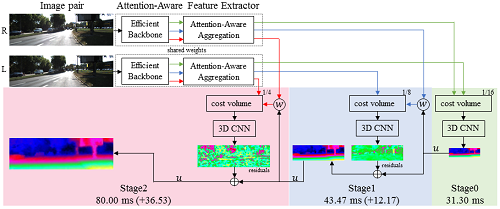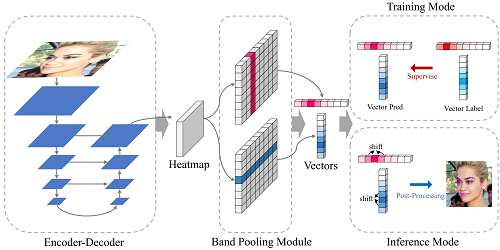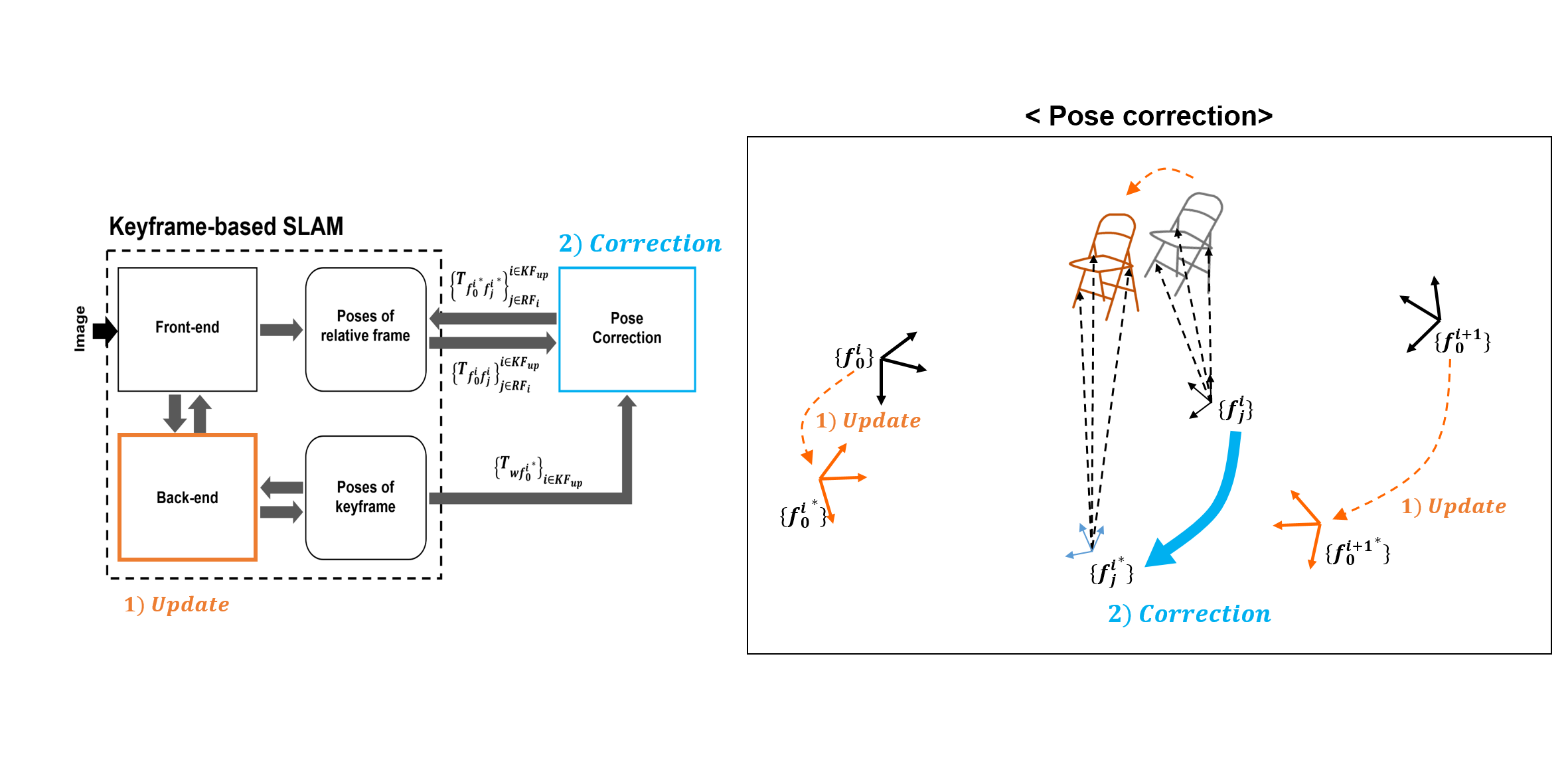Compact and Fast Underwater Segmentation Network for Autonomous Underwater Vehicles
Jiangtao Wang (Loughborough University), Baihua Li (Loughborough University)*, Yang Zhou (Loughborough University), Emanuele Rocco (Witted Srl), Qinggang Meng (Computer Science Department Loughborough University)
Keywords: Robot Vision
Abstract:
Reliable and real-time semantic segmentation is crucial for vision-based navigation tasks undertaken by AUVs (Autonomous Underwater Vehicles). However state-of-art deep learning segmentation networks could not be deployed on embedded devices with limited onboard resources, due to the required high computation capacity and the lack of capability to deal with poor underwater image quality. In this work, we present a new deep underwater segmentation network, featured by a compact encoder and a lightweight decoder. We use only one step upsampling block to recover features maps from the encoder to significantly speed up the inference time. Furthermore, we adopt three strategies to improve network accuracy. Firstly, in parallel with the main decoder path, we introduce a branch path to extract additional low-level features. Secondly, we use position attention module to enhance the high-level semantic information and use channel attention module to introduce extra global context as well as refine the inter-dependencies of each feature. Thirdly, we proposed to use two additional auxiliary loss and smooth loss functions to better train the network, such that it will be more robust in segmenting images at varying resolutions and generating smooth boundaries.We validate our network accuracy on two different underwater segmentation datasets, a generalistic and a specialist one, and our model achieves the same level of accuracy of state-of-art networks. We also tested the network speed on different embedded platforms, and we showed it reaches real-time inference speed on both Nvidia Jetson GPU platforms TX2 and Nano, with respectively around 24 and 18 FPS __rame Per Second). The proposed network inference is up to 27 times faster than other considered networks. Its high accuracy and speed will so pave the way for its deployment and application on AUVs systems.
SlidesLive
Similar Papers
Attention-Aware Feature Aggregation for Real-time Stereo Matching on Edge Devices
Jia-Ren Chang (National Chiao Tung University, aetherAI), Pei-Chun Chang (National Chiao Tung University), Yong-Sheng Chen (National Chiao Tung University)*

Gaussian Vector: An Efficient Solution for Facial Landmark Detection
Yilin Xiong (Central South University)*, Zijian Zhou (Horizon), yuhao dou (Horizon), ZHIZHONG SU (Horizon Robotics)

Pose Correction Algorithm for Relative Frames between Keyframes in SLAM
Youngseok Jang (Seoul National University)*, Hojoon Shin (Seoul National University), H. Jin Kim (Seoul National University)
